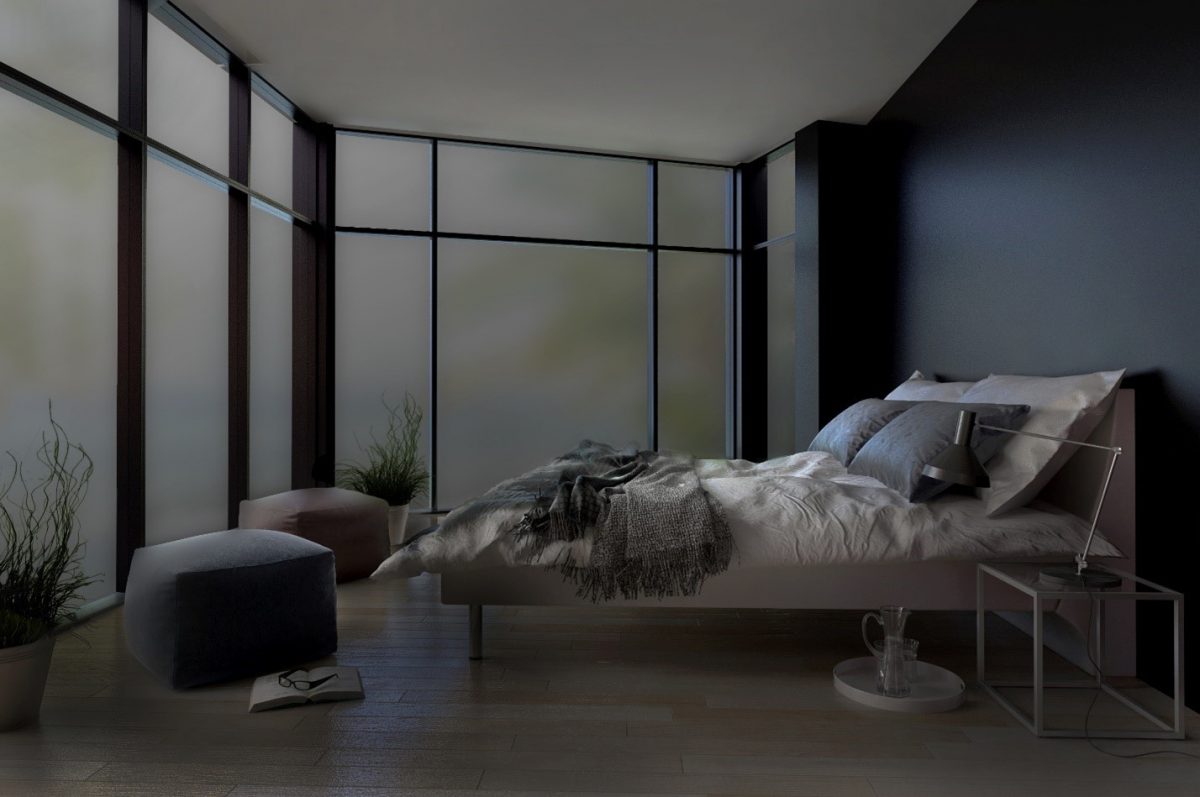
In the glass technology field, an exciting and groundbreaking development is underway. It’s known as switchable or smart glass, redefining how we experience and use glass. In this article, we’ll discuss in detail about switchable glass technology, how it works, its benefits, and its different applications.
How Does Switchable Glass Work?
Here are the points that explain how switchable glass works:
Special Glazing:
Switchable glass begins with ordinary glass that is coated with a unique glazing or film. This coating is the key to its transformative capabilities.Conditions for Activation:
Switchable glass is incredibly versatile, offering multiple conditions for activation:Voltage Application:
An electric current makes the glass transparent, allowing natural light to flood in.Light Sensitivity:
Some types of switchable glass are sensitive to light. Photochromic, in well-lit conditions they become opaque and turn transparent in low-light settings.Heat Activation:
In specific cases, switchable glass responds to temperature changes. When heated, it becomes translucent or transparent, making it helpful in managing solar heat gain.Translucent or Transparent:
Depending on the conditions met, switchable glass transitions between two states:Translucent:
This state gives the glass a frosted or cloudy appearance, ensuring privacy and gently diffusing light.Transparent:
When the right conditions are met, the glass turns entirely clear, providing a crystal-clear view.Instant Transitions:
One of the most remarkable features of switchable glass is its ability to switch between states instantly. Whether it’s a switch or a condition change, the glass responds promptly.Benefits of Switchable Glass
Switchable glass offers a plethora of advantages:
Privacy Control:
It provides instant privacy when needed. A simple switch or button tap transforms transparent glass into an opaque shield. This feature is ideal for conference rooms, bathrooms, and more.Energy Efficiency:
Switchable glass helps reduce energy costs by controlling the amount of sunlight entering a space. By dimming the glass on sunny days, it reduces the need for air conditioning and artificial lighting.UV Protection:
Many switchable glass products protect furniture and artwork from harmful ultraviolet rays. This is particularly critical in museums and galleries.Aesthetics:
It enhances the aesthetics of any space, creating a modern, sleek, and minimalistic look, making it a preferred choice for contemporary interior designs.Security:
In security applications, it can be used to add an extra layer of security by preventing outsiders from seeing inside when in opaque mode.Durability:
Switchable glass is durable and easy to maintain, making it suitable for various applications.Applications of Switchable Glass
Switchable glass technology has found its way into numerous industries:
Residential:
Used for windows, skylights, and shower enclosures, offering privacy and comfort to homeowners.Commercial:
In office partitions, conference rooms, and storefronts, it adds a modern touch and enhances privacy and energy efficiency.Healthcare:
Hospitals and healthcare facilities use it in patient rooms and waiting areas, balancing privacy and openness.Hospitality:
Hotels use it in bathrooms and room dividers for luxury and functionality.Retail:
It creates dynamic storefronts, surprising passersby as the glass transitions between transparent and opaque.Transportation:
High-end vehicles use switchable glass for sunroofs and windows, providing adjustable shading and privacy.Museums and Galleries:
To protect valuable artwork and artefacts from UV rays, it’s used in display cases.Conclusion
Switchable glass, also called smart glass, is a transformative technology that offers enhanced privacy, aesthetics, and durability. It’s a popular choice for various applications, from offices to hotels. AIS Glass provides cutting-edge solutions in this field with AIS Swytchglas. This smart glass technology allows you to switch transparent glass to translucent with the click of a button using an electric switch or a remote control. Call us to get a quote.





